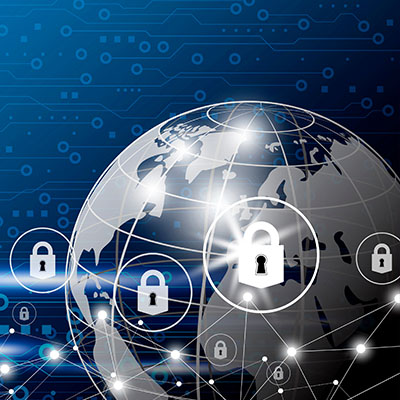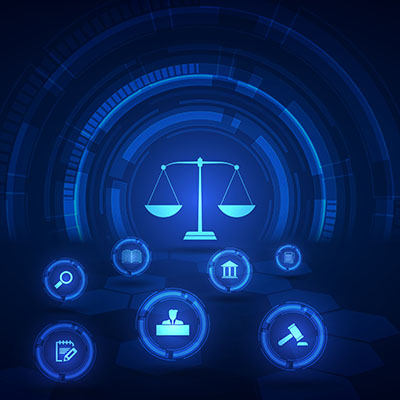Cyberattacks have caused many millions of dollars worth of damage to businesses over the past several years, so it makes sense that your business should invest in its cybersecurity to mitigate these damages. That said, there is only so much you can invest into your cybersecurity budget, as you have to factor in other parts of your business, too. Today, we want to share with you three ways you can invest in cybersecurity initiatives that won’t completely break your bank.
How many devices or points of access do you have for your business’ data infrastructure? Chances are it’s more than you think, at least at first glance. If you count up all the mobile devices, server units, workstations, laptops, and so on that have access to your network, you might suddenly realize how important it is to secure all of these endpoints, as any unsecured device could be a path forward for hackers.
What do a bakery and a web browser have in common? Both have cookies—but, what are browser cookies, and what do they do? Let’s take a few moments to explore the concept of the browser cookie and what their function is.
Cybersecurity is something that must be reinforced both in the office and out of the office for your remote employees, and it’s unfortunately quite difficult to maintain. Let’s take a look at the unique circumstances surrounding the remote worker and how you should reinforce security best practices for them, even if they are not physically present in the workplace.
If your business is trying to limit costs, then printing should be one of the first things you look at. Paper documents have historically been important for businesses, but they take up a ton of space in the office and are incredibly difficult to regulate effectively. Let’s go over how you can decrease the resources you spend on printing and maximize efficiency elsewhere in your paper practices.
It’s important that attorneys have access to the important information and tools needed to enable them to do their jobs. When they can do so easily, they are able to bring in more revenue, take on more clients, and provide better services to their clientele. What kinds of technology do lawyers need to improve their practices?
Customer relationships are at the heart of any business that sells a service or goods, making a technology solution like a CRM a powerful way to jumpstart operations. Let’s review what some of the benefits of using a CRM are and how your organization might use one to the best of its ability.
Artificial intelligence has several uses in the business world, many of which utilize machine learning. With greater access to this technology than ever before, small businesses have more opportunities to grow as a result. Let’s go over how SMBs can utilize AI, including how to get started with it.
Google Chat, a worthy successor to Google Hangouts, is a great tool for users that can help them be more productive throughout the day, but did you know that you might be missing out on a ton of functionality by forgoing some of these keyboard shortcuts? Let’s go over some of the most helpful ones and how you can use them to get more out of this tool.
Remote work has only grown more popular with time, to the point where it is now common for employers to offer it in some capacity. While the pandemic may have expedited this shift, it is clear that remote work has become a new normal in some industries. Today, we thought we would address one of the hot-button issues about remote work: keeping your staff engaged and productive.









